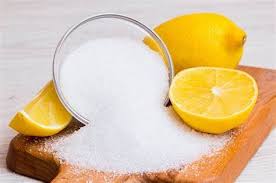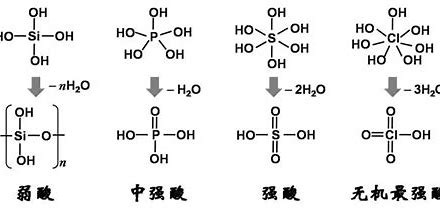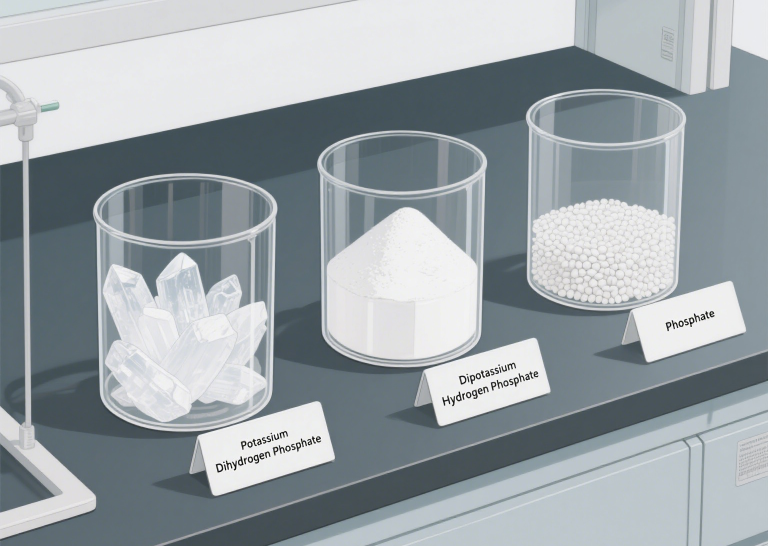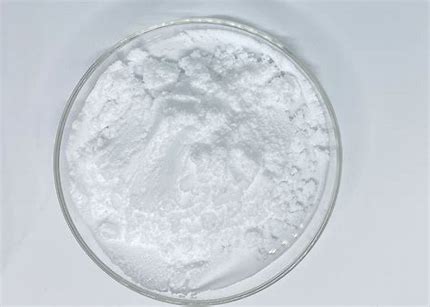Hydrofluoric acid(HF)7664-39-3
Basic Information of Hydrofluoric Acid
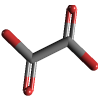
Hydrofluoric acid is the aqueous solution of hydrogen fluoride gas. It is a clear, colorless, corrosive liquid with a strong pungent odor. Its aliases include fluoric acid, hydrogen fluoride solution, and “bone-dissolving water”. Despite being a weak acid, hydrofluoric acid is highly corrosive and can corrode metals, glass, and silicon-containing materials.
| Item | Details |
|---|---|
| Chinese Name | Hydrofluoric Acid |
| English Name | Hydrofluoric acid |
| Appearance | Colorless solution |
| Applications | Strong acidic corrosive agent, analytical reagent, glass etching, metal pickling, etc. |
| Safety Description | S1/2; S7/9; S26; S36/37; S45 |
| Hazard Symbol | T+; C |
| Hazard Description | R26/27/28; R35 |
Physical and Chemical Properties of Hydrofluoric Acid
Physical Properties
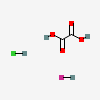
- The common concentration is 40%. Commercially available hydrofluoric acid is mainly divided into industrial – grade (relatively low purity, used for metal pickling and glass etching) and electronic – grade (purity exceeding 99.9%, used in semiconductor manufacturing and other high – precision electronic component production).
- The density changes with the increase of the solute mass fraction. The density of a 40% HF solution is approximately 1.18 g/cm³.
- It can be miscible with water, alcohols, and ethers, but is insoluble in organic solvents such as benzene. The solution has high volatility, and the vapor pressure of a 40% HF solution is about 40 mmHg.
Chemical Properties
- The corrosiveness varies with the HF concentration. Initially, the corrosion rate of carbon steel increases with the increase of HF concentration, but it gradually decreases after reaching a certain concentration.
- Acidic behavior: At low concentrations (below 1 mol/L), it shows weak acidity due to hydrogen bonding. When the concentration exceeds 5 mol/L, self – ionization occurs, significantly enhancing its acidity. Liquid hydrogen fluoride has an acidity comparable to that of anhydrous sulfuric acid, slightly weaker than fluorosulfonic acid.
- It has a special corrosiveness, especially to silicon – containing materials. It can dissolve glass, reacting to form gaseous silicon tetrafluoride, which can further react with excess HF to form fluosilicic acid (a diprotic strong acid).
Application Areas of Hydrofluoric Acid
- In the purification of aluminum and uranium, it utilizes its ability to dissolve oxides.
- For glass etching, used to carve patterns, mark scales, and text.
- In the semiconductor industry, to remove oxides from the surface of silicon.
- In refineries, as a catalyst for the alkylation reaction of isobutane and n – butene.
- In the synthesis of fluorinated organic compounds, such as Teflon and refrigerants like Freon.
- For the removal of glass coating on microfilaments.
Quality Standards of Hydrofluoric Acid
| Name | Guaranteed Reagent | Analytical Reagent | Chemical Pure |
|---|---|---|---|
| Hydrofluoric Acid (HF) Content % ≥ | 40.0 | 40.0 | 40.0 |
| Residue on Ignition (Calculated as Sulfate) % ≤ | 0.001 | 0.002 | 0.01 |
| Chloride (Cl) % ≤ | 0.0005 | 0.001 | 0.005 |
| Sulfate and Sulfite (Calculated as SO4) % ≤ | 0.001 | 0.002 | 0.005 |
| Phosphate (PO4) % ≤ | 0.0001 | 0.0002 | 0.005 |
| Fluorosilicate (SiF6) % ≤ | 0.02 | 0.04 | 0.06 |
| Iron (Fe) % ≤ | 0.00005 | 0.0001 | 0.0005 |
| Heavy Metals (Calculated as Pb) % ≤ | 0.0001 | 0.0005 | 0.001 |
| Item | Indicators (Class I) | Indicators (Class II) | |||||
|---|---|---|---|---|---|---|---|
| HF – 40 | HF – 50 | HF – 70 | HF – 30 | HF – 40 | HF – 50 | HF – 55 | |
| Hydrofluoric Acid Content % ≥ | 40.0 | 50.0 | 70.0 | 30.0 | 40.0 | 50.0 | 55.0 |
| Fluorosilicic Acid Content, % ≤ | 0.05 | 0.05 | 0.05 | 2.5 | 5.0 | 8.0 | 10.0 |
| Non – volatile Acid (Calculated as H2SO4) Content, % ≤ | 0.05 | 0.08 | 0.08 | 1.0 | 1.0 | 2.0 | 2.0 |
| Residue on Ignition, % ≤ | 0.05 | 0.05 | 0.05 | – | – | – | – |
Hazards and Pathogenesis of Hydrofluoric Acid
Health Hazards
It has a strong corrosive effect on the skin, causing redness, dryness, and necrosis. In severe cases, it can damage the periosteum and bone. Eye contact can cause corneal perforation, and inhalation of its vapor can lead to bronchitis, pneumonia, etc. Chronic effects include irritation of the eyes and upper respiratory tract, nosebleeds, decreased sense of smell, dental erosion, etc.
Pathogenesis
Fluoride ions combine with calcium and magnesium ions in the blood or tissues, affecting the functions of the central nervous system and the cardiovascular system, leading to hypocalcemia and hypomagnesemia syndromes. Fluoride ions can also bind to hemoglobin and inhibit succinate dehydrogenase, affecting cell respiration. Hydrofluoric acid can cause burns at the contact site, penetrate the stratum corneum, and dissolve cell membranes.
Emergency Treatment and Hazard Protection of Hydrofluoric Acid
Emergency Treatment
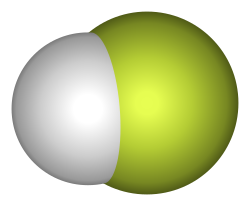
- Skin Contact: Immediately rinse thoroughly with Hexafluorine or a large amount of running water for a long time. Subsequently, calcium – based agents can be used to inactivate fluoride ions.
- Eye Contact: Immediately separate the eyelids and rinse continuously with a large amount of clean water for about 15 minutes. Instill local anesthetic eye drops to relieve pain and seek immediate medical attention from an ophthalmologist.
- Inhalation: Quickly move away from the site to a place with fresh air, maintain unobstructed breathing, and 2 – 4% sodium bicarbonate solution can be given for nebulization inhalation.
- Ingestion: Rinse the mouth with water, give milk or egg white. Do not feed orally if the patient is about to lose consciousness.
Hazard Protection
- Operation Precautions: Operate in a closed system with good ventilation, and try to use mechanized and automated operations. Operators must receive professional training, wear self – priming filter – type full – face respirators, rubber acid – and alkali – resistant clothing, and rubber acid – and alkali – resistant gloves. Prevent vapor leakage and avoid contact with alkalis, active metal powders, and glass products.
- Storage Precautions: Store in a cool, ventilated warehouse with a temperature not exceeding 30°C and a relative humidity not exceeding 85%. Keep the container sealed and store separately from alkalis, active metal powders, and glass products.
- Engineering Controls: Operate in a closed system with good ventilation, and provide safety showers and eye – washing equipment.
- Respiratory Protection: Wear self – priming filter – type full – face respirators or air respirators when there may be smoke exposure. Wear oxygen respirators during emergency rescue or evacuation.
- Eye Protection: Coordinate with respiratory protection.
- Body Protection: Wear rubber acid – and alkali – resistant clothing.
- Hand Protection: Wear rubber acid – and alkali – resistant gloves.
- Other Protections: Smoking, eating, and drinking are prohibited at the work site. Shower and change clothes after work. Store contaminated clothes separately and maintain good hygiene habits.
Disposal of Hydrofluoric Acid
Neutralize with excess lime water. Landfill or recycle the precipitated solids, and discharge the diluted supernatant into the wastewater system. For packaging, it can be filled into lead barrels or special plastic containers and then placed in wooden boxes, with non – combustible materials filling the gaps; or filled into plastic bottles, special bakelite, rubber, or lead containers, which are then tightly sealed and placed in sturdy wooden boxes. The net weight of each box should not exceed 20 kg, and for 3 – 5 kg packages, each box is limited to 4 bottles.编辑分享

